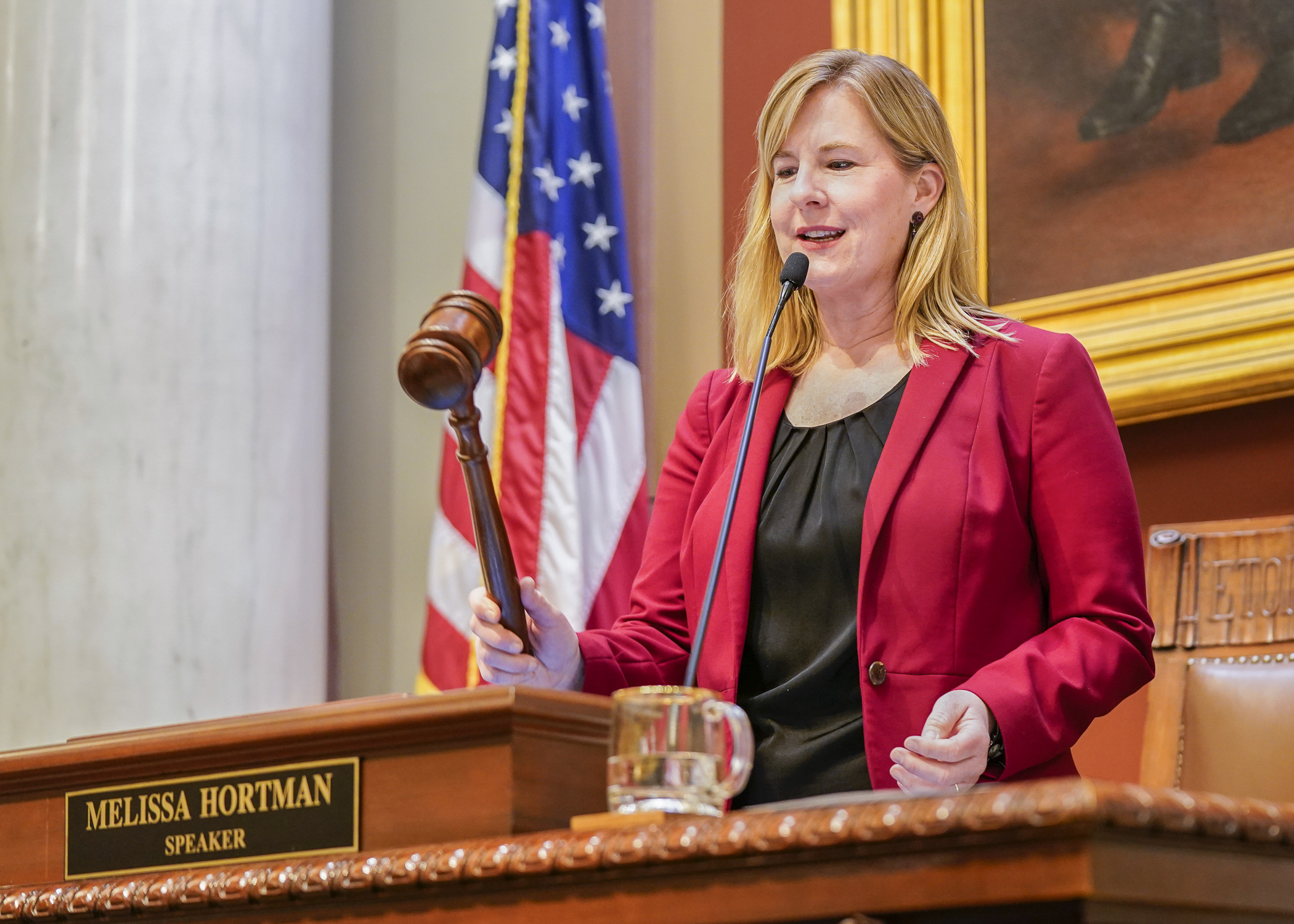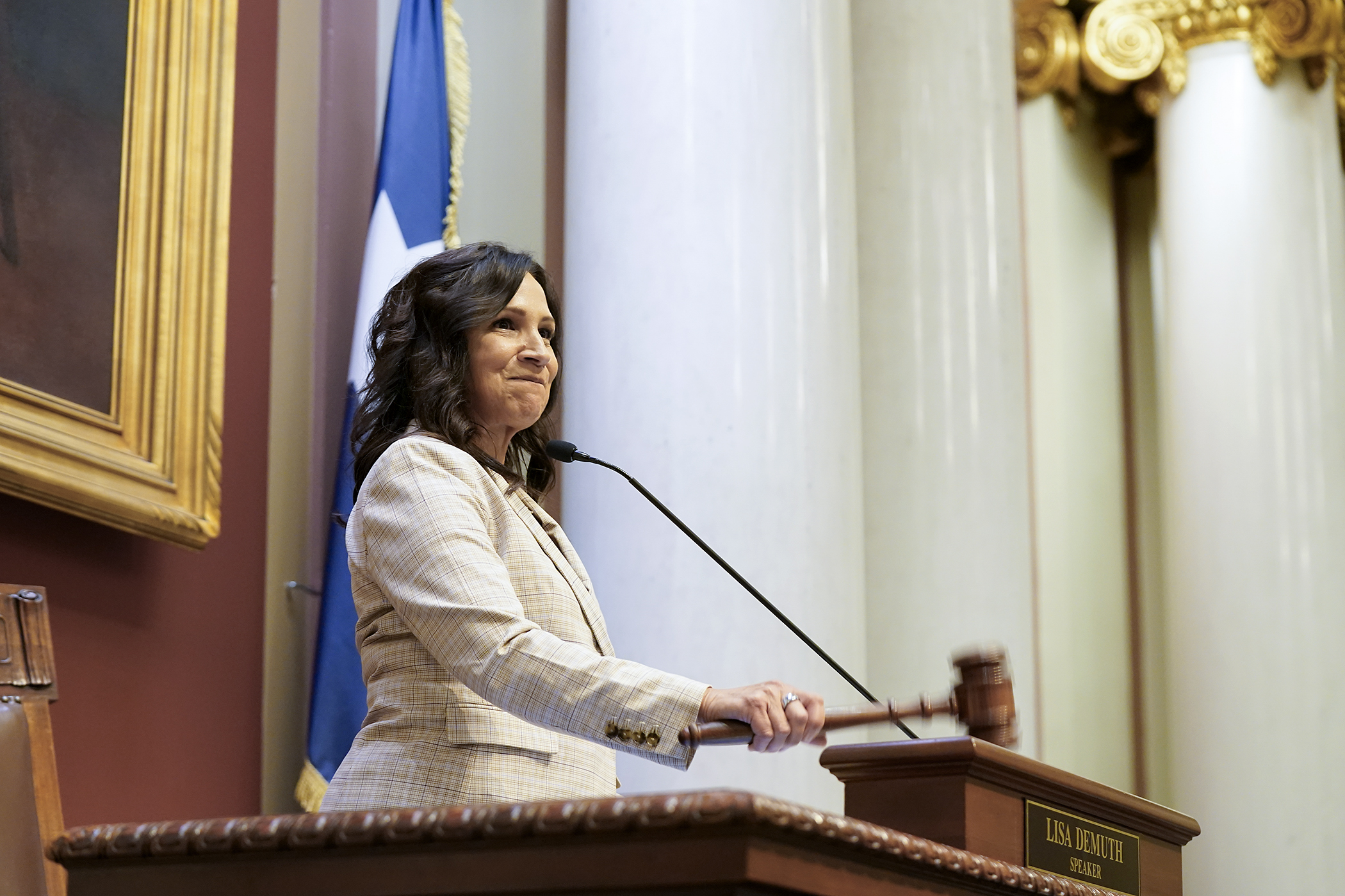Grants could allow more young Minnesota drivers to hit the road
Be careful out there!
More student drivers could hit the road and get their licenses thanks to expanded driver’s education programs for low-income students.
Pete Hosmer, owner of A+ Driving School, told the House Education Policy Committee Tuesday that access to courses hasn’t been the problem, it was usually cost.
“I get calls and emails every day from students saying, ‘How can I afford driver’s education?’ Coming up with $450, $500 for driver’s education is astronomical, and I hear it in their voices on the phone,” he said. “’I guess I’m just not taking driver’s ed, Pete.’”
Students and parents now incur all expenses — which can be up to $500 — of the driver’s education program offered by school districts.
Under HF3360, sponsored by Rep. Mary Frances Clardy (DFL-Inver Grove Heights), a school would pay a portion of the driver’s education costs – up to $350 for each student who qualifies for a free or reduced-price meal, and $150 for any other student. A driver’s ed provider may charge a fee to the student for the remaining cost of the program.
“We want to make sure our roads are safe, and so that they’re able to get that education that is required,” Clardy said.
Approved on a voice vote, the bill heads to the House Education Finance Committee.
“Minnesota requires 30 hours of driver education for those under 18 and courses can cost $400,” Marisa Williams, CEO of Girl Scouts River Valleys, wrote in a letter. “This can be a costly barrier for many students, including many of our members.”
Hosmer said the bill’s goal is about educating new drivers and safety on Minnesota roads.
“One of the biggest things we’ve found is the more education our drivers have, the better drivers they are,” he said. “If we give a license to someone who’s 18 … with no training, they’re a gun waiting to go off. I’m looking to put safe drivers on the road.”
Each year, participating school districts would apply for reimbursement for the total amounts paid by the district to driver education program providers in the previous fiscal year. Those fees could not exceed the actual cost to the school and school district of providing driver education.
The bill would also establish a work group to study driver education availability and access, identify barriers for low-income students, analyze potential permanent funding sources to expand availability of driver ed, and report to the Legislature by Jan. 15, 2025.
Related Articles
Search Session Daily
Advanced Search OptionsPriority Dailies
Speaker Emerita Melissa Hortman, husband killed in attack
By HPIS Staff House Speaker Emerita Melissa Hortman (DFL-Brooklyn Park) and her husband, Mark, were fatally shot in their home early Saturday morning.
Gov. Tim Walz announced the news dur...
House Speaker Emerita Melissa Hortman (DFL-Brooklyn Park) and her husband, Mark, were fatally shot in their home early Saturday morning.
Gov. Tim Walz announced the news dur...
Lawmakers deliver budget bills to governor's desk in one-day special session
By Mike Cook About that talk of needing all 21 hours left in a legislative day to complete a special session?
House members were more than up to the challenge Monday. Beginning at 10 a.m...
About that talk of needing all 21 hours left in a legislative day to complete a special session?
House members were more than up to the challenge Monday. Beginning at 10 a.m...